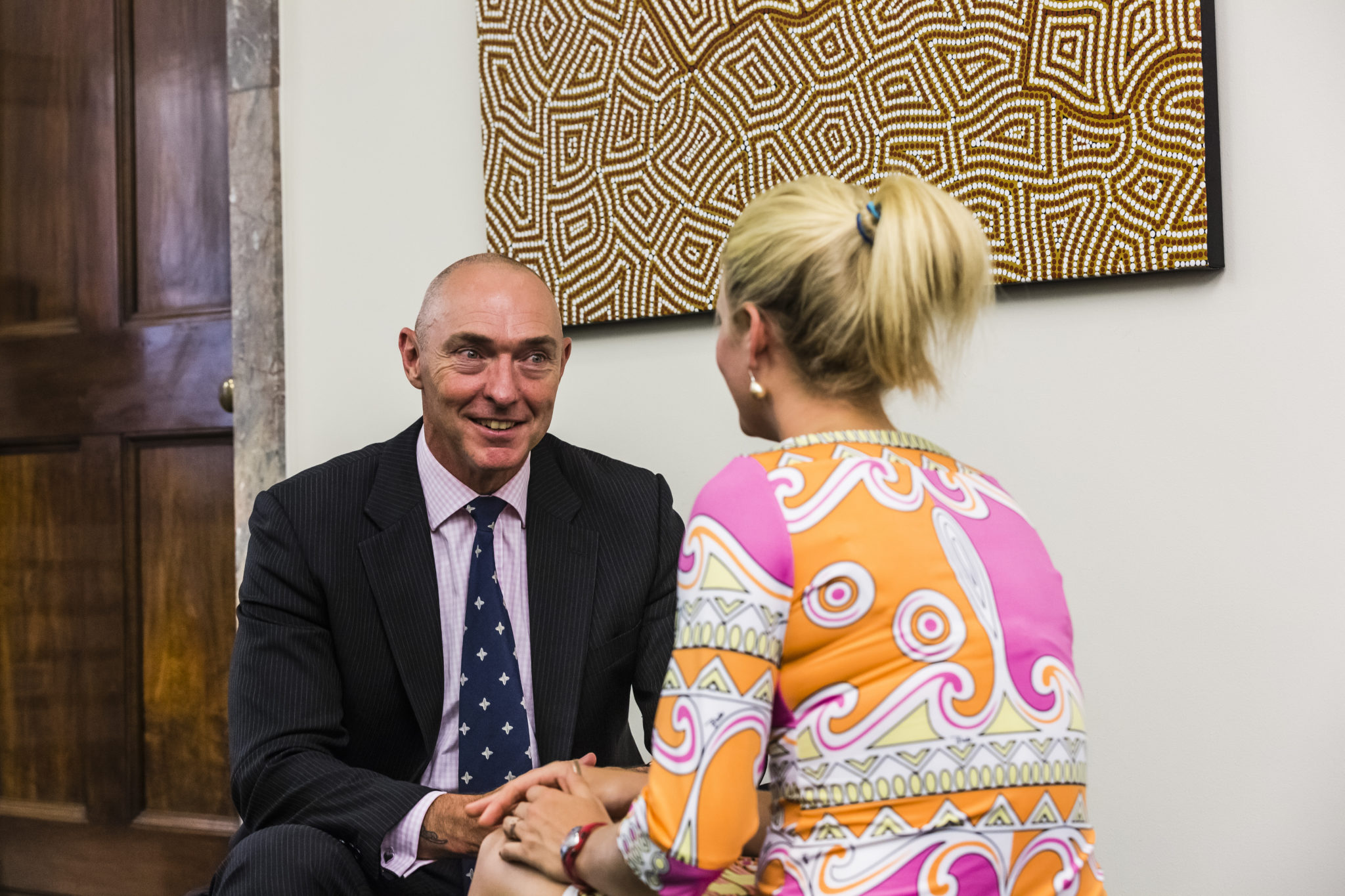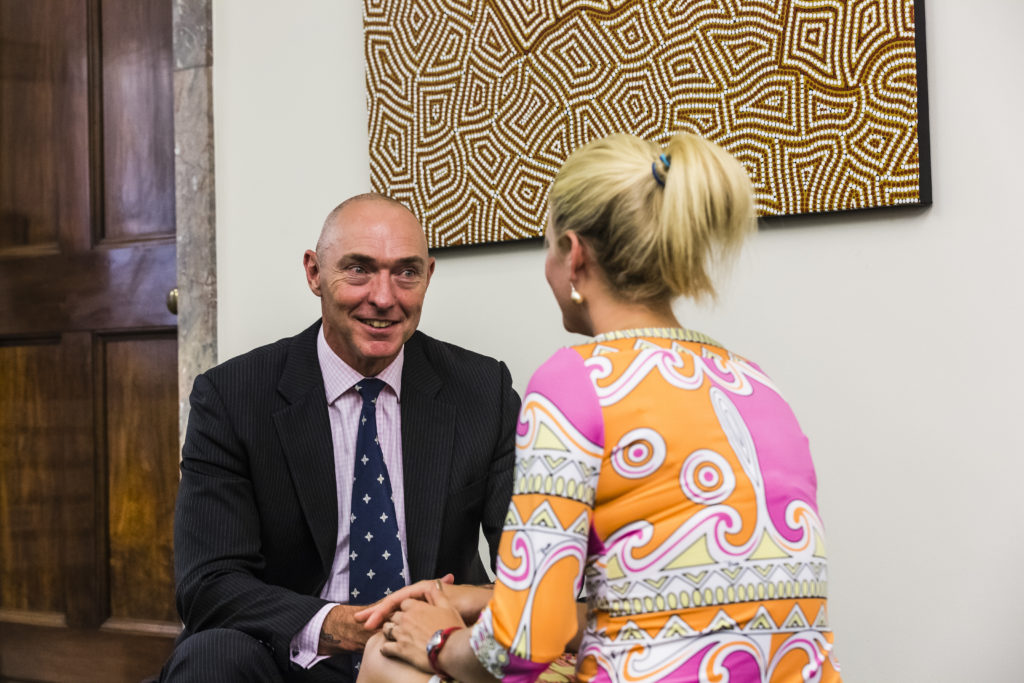
Knowing the best way to manage and develop Generation Y and Millennials into the next generation leaders is often the subject of intense debate within and amongst organisations. Though what most are in agreement about is that managing the newer generations—who will make up the majority of the workforce by 2020—will require new skills and a different style of leadership, especially as we navigate this VUCA (volatile, uncertain, complex and ambiguous) world.
This runs parallel with the changing structures of organisations. For previous generations of employees, leadership was likely to be the reward for a privileged few. These days, successful, particularly global, organisations, are unlikely to be led by just one leader. In fact, the concept of a single leader—typically the CEO or Chairman—is rapidly becoming outdated. In the future, two or more leaders, possibly with diverse functions across the organisation, will fulfil the leadership function. In practice, this could mean that they co-lead or lead in their own areas of expertise—with this, current leaders need to think carefully how to use these organisational shifts to the advantage of developing future talent.
Identifying new generation leaders
High-calibre leaders are in increasingly short supply and forward-thinking organisations will ensure they identify and cultivate individuals with leadership potential, regardless of the stage in their career at which they join an organisation. Important qualities current leaders such look out for in potential candidates are:
- Versatility, adaptability, innovative thinking, flexibility, humility and passion.
- The ability to navigate and communicate through the Internet and digital /social media with ease.
- Multi-cultural and multi-generational awareness and sensitivity, commitment to embracing diversity in the workforce and community.
- Being approachable and people-oriented, being authentic, empathetic and focusing on other people rather than themselves.
- Having a comprehensive understanding of the business and the world and being able to see the big picture.
- Having excellent spoken and written communication skills plus the ability to influence, persuade and negotiate.
- Being entrepreneurial in spirit and willing to be an agent of change.
- Being courageous and unafraid of making difficult, unpopular decisions, but with the ability to be prudent when necessary.
All of these qualities are important, but since new generation leaders will definitely be dealing with a multi-cultural and multi-generational workforce, I believe that the first set of qualities—which includes the ability to adapt and embrace change—is especially critical.
Leaders of the next generation must also be able to help build high performing teams and cultivate a coaching culture. Not only does this ensure the organisation can achieve maximum productivity and profitability, and enhance employer’s brand, but also kick-starts the cycle in attracting, recruiting, engaging and retaining high potential talent in the future.
Growing your own leaders
Leadership traits and potential can be identified from very early on in someone’s career and that it should be a priority to develop and retain these people within an organisation. Employees with leadership potential can be developed through formal and informal programs—they can be encouraged to take on project leadership or act as informal leaders for activities outside the organisation’s core business operations, such as CSR.
With sands shifting in organisational structures and leadership more commonly being shared, it is up to current leaders to be more forward thinking about how this can be used to get the next generation into leadership positions. Thinking about how leadership responsibilities may be diffused in the future can create the outlines of a pathway—it is on these lines which young talent must be trained. It is also in this context that organisations such entrench a greater collaborative culture at their highest levels.
They must also be trained to be able to coach, mentor and lead a diverse team comprised of Gen Y and Millennials from a range of cultures and backgrounds, plus more senior people who remain in the workforce. The report from McKinsey & Company, Decoding Leadership: What really matters—published earlier this year—shows being supportive and seeking different perspectives are among the four kinds of behaviour that account for 89% of leadership effectiveness. So organisations would also be wise to ensure their leadership teams reflect the diversity that is the new normal in today’s workplaces.
Certainly the demands on next generation leaders are high. A broad range of sophisticated traits and capabilities is required, plus the motivation to succeed and the desire to pass on essential skills and knowledge to the generations that are coming through.
Lifting the vision
As management expert Peter Drucker stated, “Leadership is not magnetic personality – that can just as well be a glib tongue. It is not making friends and influencing people – that is flattery. Leadership is lifting a person’s vision to higher sights, the raising of a person’s performance to a higher standard, the building of a personality beyond its normal limitations.”
If you would like to find out more about how you identify, develop and coach your new generation leaders to ‘lift their vision,’ organisations like the Institute of Executive Coaching and Leadership (IECL) specialise in coaching talent to reach their potential.
About the author: Angela Lee is Principal of the Institute of Executive Coaching and Leadership in Hong Kong. Contact her at [email protected]




